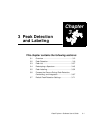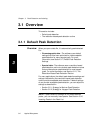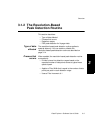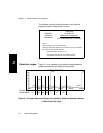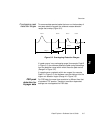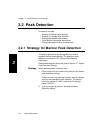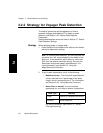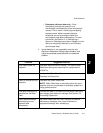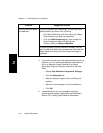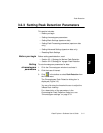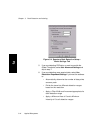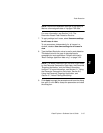
Chapter 3 Peak Detection and Labeling
3-8 Applied Biosystems
3
3.2.2 Strategy for Voyager Peak Detection
This section gives some quick suggestions on how to
approach Voyager peak detection. For details on peak
detection, see Section 3.2.3, Setting Peak Detection
Parameters.
Default peak detection values are listed in Section 3.7, Default
Peak Detection Settings.
Strategy When detecting peaks in Voyager data:
1. Open the data file and observe the effects of the default
resolution-dependent settings.
Hint: To improve peak detection, you can calculate the
resolution on a tall, resolved peak in the middle of the
spectrum. If the resolution result differs by more than
50% from the default resolution setting, fine-tune the
Resolution setting and reapply peak detection. For
more information, see Section 6.3, Using the
Mass Resolution Calculator.
2. To aid in peak interpretation, do all of the following:
• Baseline-correct—The Centroid% peak detection
value is derived from a percentage of the peak
height, which is measured from 0. For information,
see Section 5.8.2, Using Baseline Correction.
• Noise-filter or smooth—Use the method
appropriate for your data to remove noise spikes:
For more information, see Section 5.7, Noise
Filtering/Smoothing.
Data Type Method
Linear Default or Gaussian smoothing
Reflector Noise Reduction




